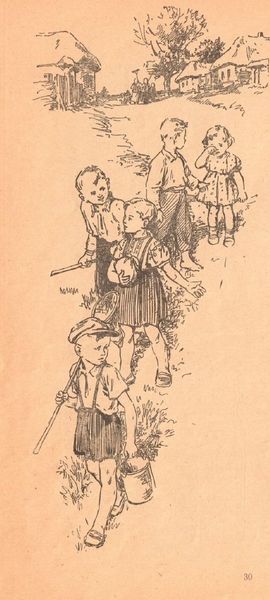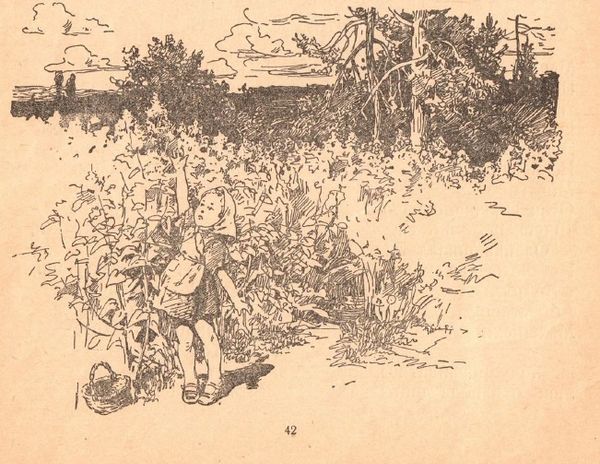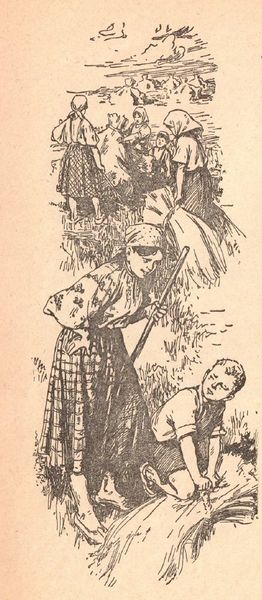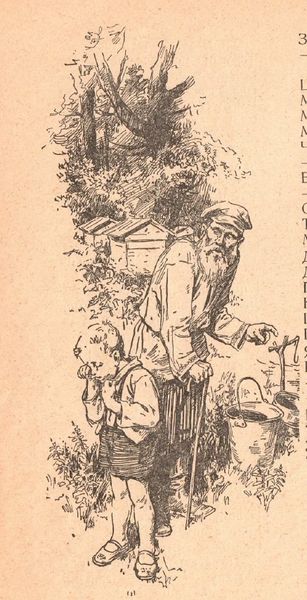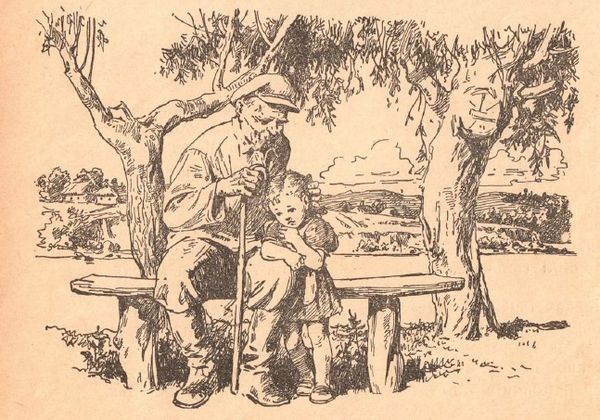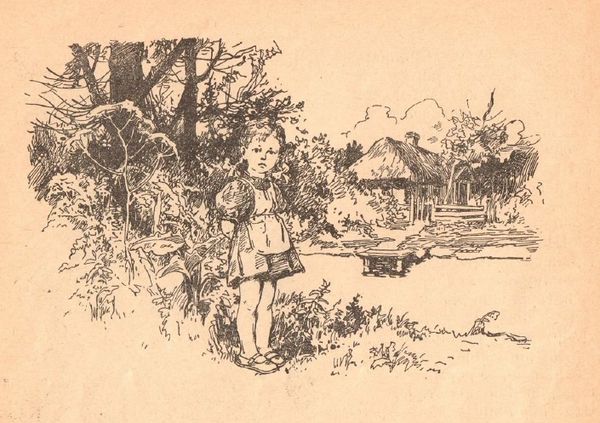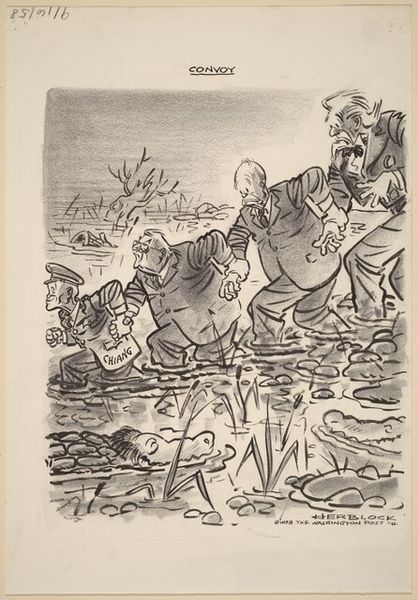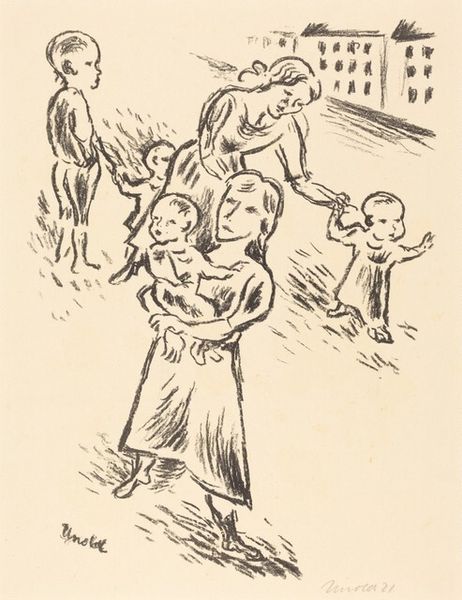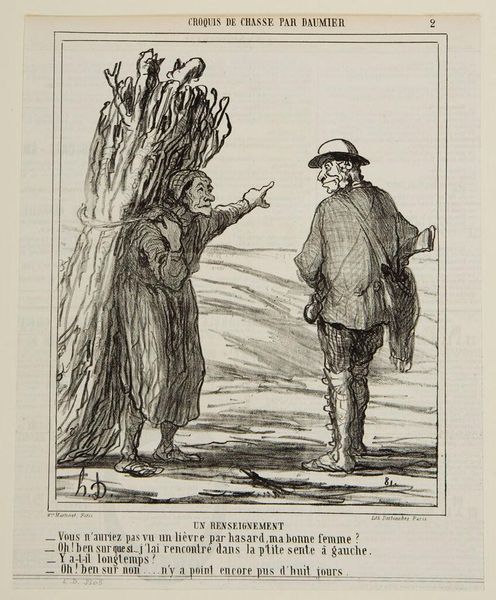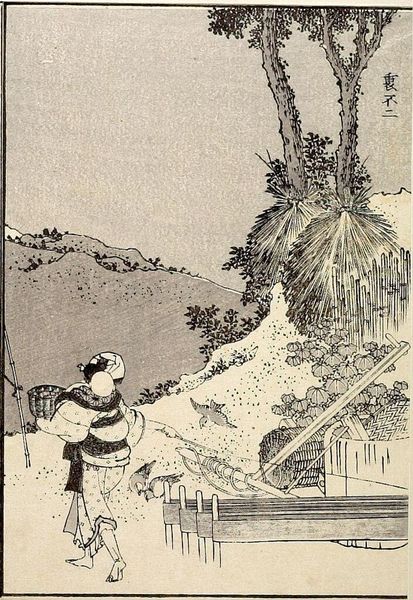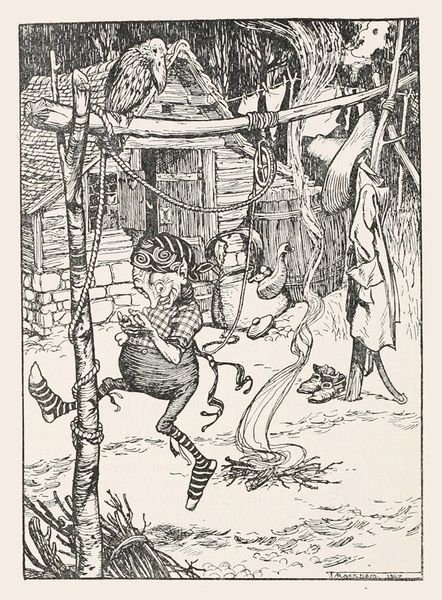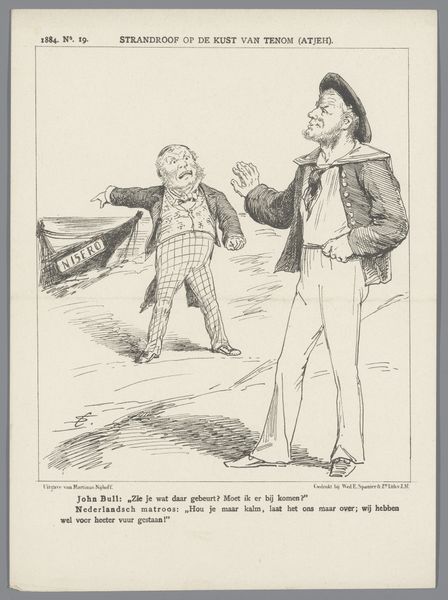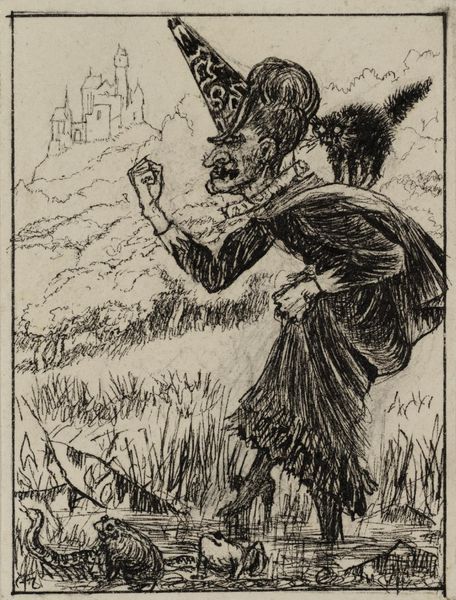
Illustrations for Mikhail Stelmakh's book "In the Hedgehog's Windmill" 1956
0:00
0:00
drawing, paper, ink
#
landscape illustration sketch
#
drawing
#
narrative-art
#
mechanical pen drawing
#
pen illustration
#
pen sketch
#
landscape
#
boy
#
figuration
#
paper
#
social-realism
#
personal sketchbook
#
ink
#
sketchwork
#
pen-ink sketch
#
pen work
#
fantasy sketch
#
initial sketch
Copyright: Hryhorii Havrylenko,Fair Use
Editor: This is a pen and ink drawing from 1956, by Hryhorii Havrylenko. It's an illustration for Mikhail Stelmakh's book "In the Hedgehog's Windmill". It feels very nostalgic and a little melancholic. The rendering is precise. What do you see in this piece? Curator: Beyond the nostalgic charm, I see a fascinating reflection of the sociopolitical context of its time. Considering the era, what statements about youth and the role of education might this illustration subtly express within the Ukrainian Soviet Socialist Republic? Editor: Hmmm, I didn't even think about that. What kind of statements are we talking about here? The children waving from the back of a truck feel disconnected from the foregrounded boy and their surroundings. Curator: Precisely. This visual disconnect raises critical questions: Who has access to mobility and progress represented by the truck? Who remains isolated in nature? How do these dynamics reflect broader socioeconomic inequalities inherent within Soviet society, despite its proclaimed egalitarianism? Editor: I see what you mean. The boy, though innocent-looking, almost symbolizes someone left behind. So, this seemingly simple children's book illustration engages with class dynamics? Curator: Absolutely. Furthermore, consider the role of "the hedgehog’s windmill"—a probable symbol within the text—as either a conduit for upward mobility or a utopian promise that is ultimately unattainable for some. How does the artist’s rendering either reinforce or challenge this ideal? Editor: That’s a powerful interpretation. Now I am wondering about the intended and received meaning of illustrations like this within the cultural landscape of 1950s Soviet Ukraine. Thank you for highlighting all of those subtleties, it completely changed the way I look at it! Curator: And thank you for being open to exploring beyond the surface. It is in that space of questioning and contextualization where the real meaning lies.
Comments
No comments
Be the first to comment and join the conversation on the ultimate creative platform.
